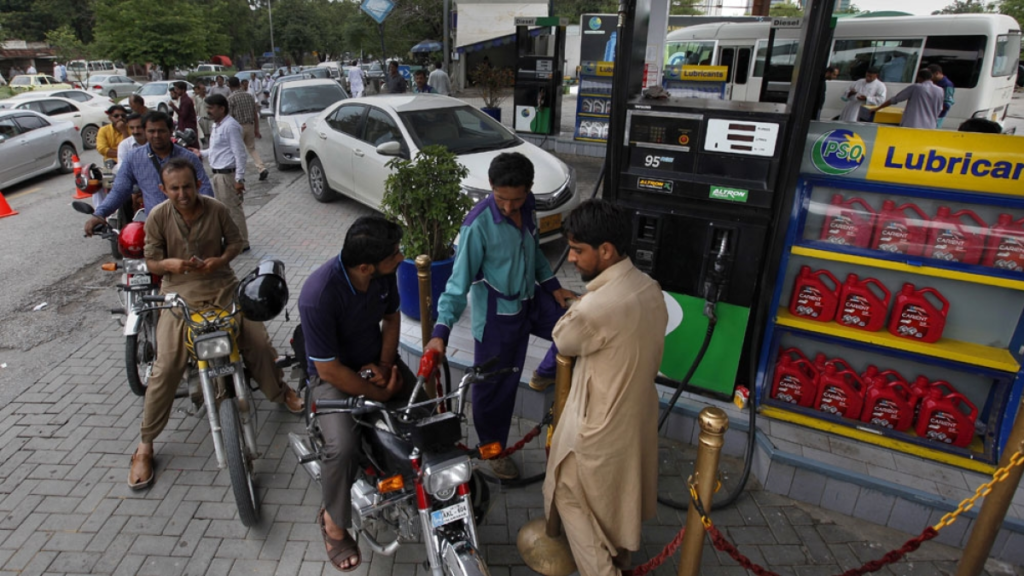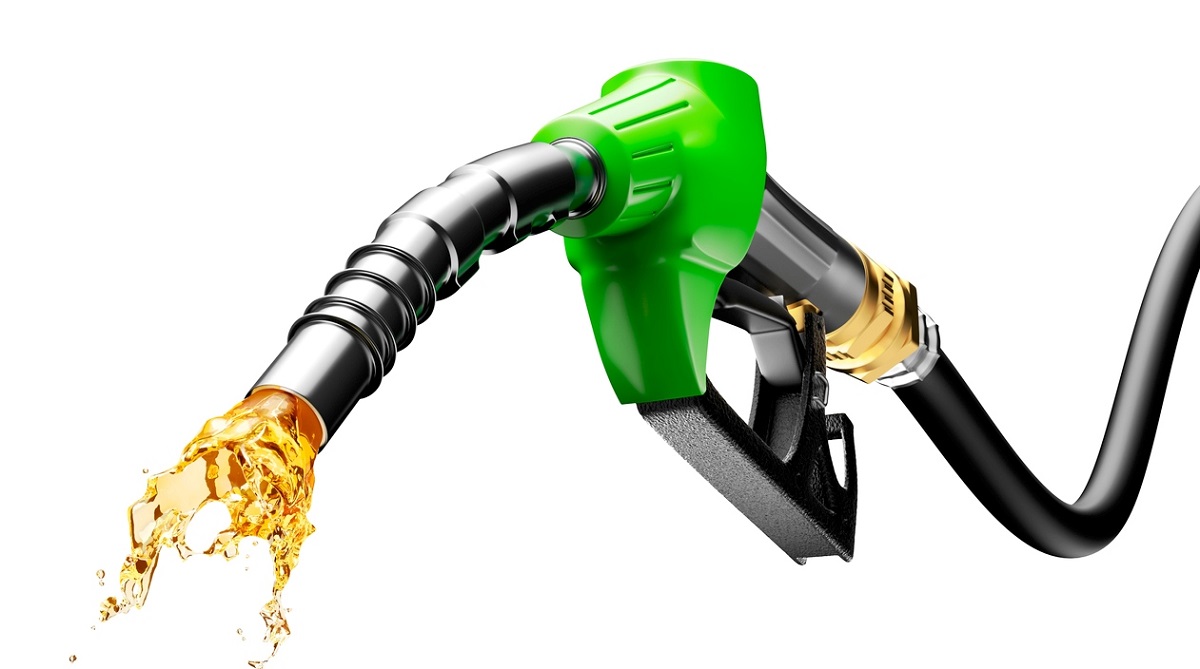The anticipated reduction in fuel prices comes as a promising revelation amidst economic discussions. The government’s impending announcement regarding a significant drop in petrol and diesel rates offers a glimmer of relief to consumers and industries alike.
Sources suggest that a substantial decline in the global petrol market might trigger this promising adjustment. Should the proposed reduction materialize, it could mark a notable shift, potentially leading to petrol dropping by 13 rupees per liter and diesel by 15 rupees per liter. This news could significantly impact the daily expenditures of individuals and the operational costs of businesses across the region.
This blog delves into the details of this impending announcement, analyzing its potential implications on the economy, consumer behavior, and industry dynamics. Below, explore comprehensive insights in segmented headings to understand the context, implications, and anticipation surrounding this eagerly awaited government directive.
Policy Shift: Fuel Price Update
In the wake of ongoing economic shifts, the impending alteration in fuel prices signifies a significant policy move by the government. This anticipated update in petrol and diesel rates could redefine consumer spending patterns and industrial operational costs across the nation.
The government’s policy shift aims to tackle prevailing economic challenges by easing the burden on citizens and businesses. If implemented, the speculated reduction of 13 rupees per liter in petrol and 15 rupees per liter in diesel would serve as a crucial step towards stabilizing living expenses and fostering economic growth.
Stay tuned as we delve deeper into the intricate policy changes and their potential ramifications in the subsequent sections below.
Economic Impact: Fuel Reduction
The imminent reduction in fuel prices is poised to exert a substantial impact on the economic landscape. As the government prepares to announce a noteworthy decrease in petrol and diesel rates, the ripples of this decision are anticipated to permeate various sectors.
This fuel reduction could potentially stimulate consumer spending, providing relief to households grappling with escalating costs. Furthermore, industries reliant on transportation and energy are primed to witness a positive impact on their operational expenses, potentially enhancing profitability.
In the subsequent sections, we’ll dissect the multifaceted economic implications of this impending fuel reduction, shedding light on its potential to drive economic activity and shape market dynamics.
Future Fuel Rates Revealed
The prospect of unveiling future fuel rates has stirred anticipation across the nation. With the government on the brink of announcing a significant reduction in petrol and diesel prices, citizens and industries eagerly await the specifics of this impending change.
The revelation of these future rates holds the promise of reshaping budgetary allocations for individuals and businesses alike. The speculated decline of 13 rupees per liter in petrol and 15 rupees per liter in diesel signifies a potential paradigm shift in fuel-related expenditures.
Stay tuned as we uncover the intricacies of these forthcoming fuel rates, providing insights into the implications they hold for various stakeholders and sectors.
Price Drop: Govt.’s New Plan
A palpable sense of anticipation surrounds the government’s new plan for a substantial price drop in fuel. This strategic move aims to alleviate financial strains on the populace while offering a lifeline to industries navigating escalating operational costs.
The proposed reduction of 13 rupees per liter in petrol and 15 rupees per liter in diesel stands as a testament to the government’s commitment to fostering economic stability. The implementation of this plan could potentially herald a new era of affordability and sustainability in the fuel sector.
Fuel Costs: Govt.’s Update
The government’s impending update on fuel costs holds immense significance in today’s economic landscape. The speculated decrease of 13 rupees per liter in petrol and 15 rupees per liter in diesel reflects a strategic maneuver to address burgeoning expenses faced by individuals and industries.
This update signifies a concerted effort to alleviate financial burdens, fostering a more conducive environment for economic growth. It’s poised to impact various facets of daily life, from transportation expenses to production costs, potentially leading to a ripple effect on consumer behavior and market dynamics.
In conclusion, the government’s proactive approach towards mitigating fuel costs showcases a commitment to enhancing affordability and sustainability. As we await the official announcement, the implications of this anticipated reduction are poised to shape economic activities and redefine spending patterns in the coming days.









